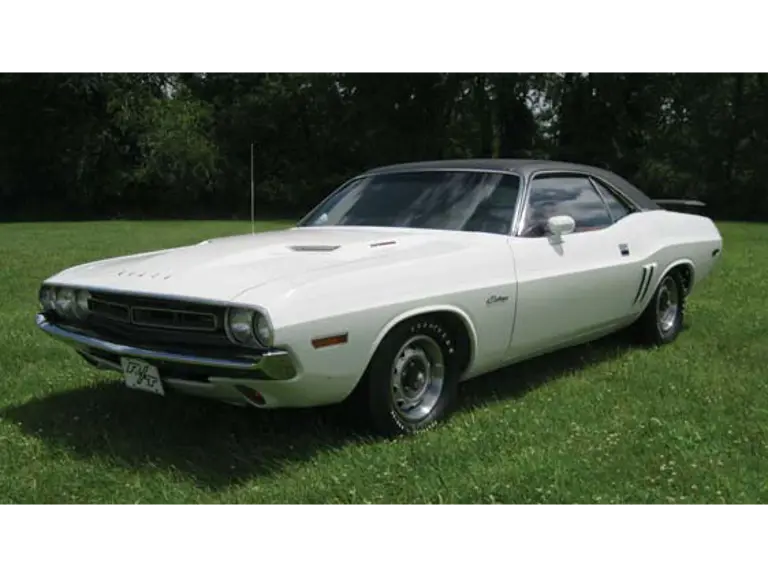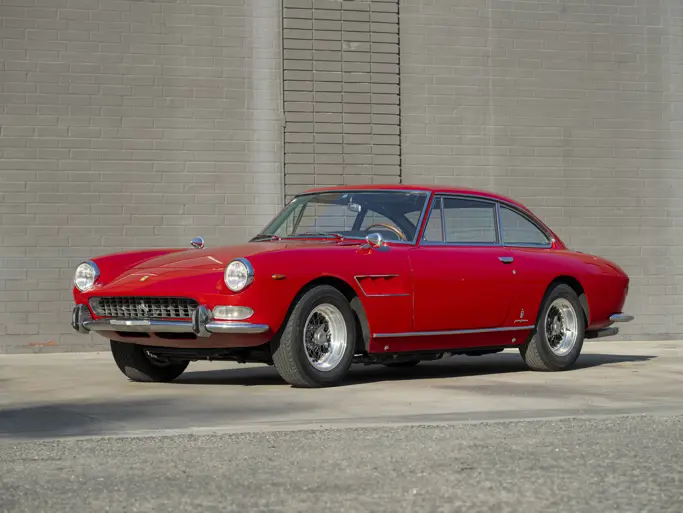 | Indiana
| Indiana
The Chrysler E-bodies (the Dodge Challenger and the Plymouth Barracuda) might have been the last to enter Detroit’s pony car game, though critics argue that the best were saved for last with these cars. They made their debut more than five years after the first Mustang was released. Using a formula similar to Ford and Chevrolet, the Challenger was based on a stretched, compact Dart platform, making the car an immediate sales success. The White Hat Boys at Dodge positioned the car as part of the “Scat Pack,” and offered them with a full array of options and nearly any engine Chrysler built.
The Challenger, new for 1970, received only minor changes for 1971. A Challenger convertible was chosen to pace the Indianapolis 500. It was the last time Dodge built a factory convertible, until the mid-1980s. R/T models included high back bucket seats, heavy duty brakes, an R/T handling package and raised white letter tires.
The designation 'Challenger' was suggestive to the fact that the 1970 Dodge challenged the Mercury Cougar, the Ford Mustang and the Chevrolet Camaro. The R/T designation is reported to have been short for “road and track.” Through its leading role in the movie 'Vanishing Point', the Challenger R/T, of which less than 20,000 units were built, became a star and has led to it being called a "cult" car over the years.
This Bright White with black interior example also has a black vinyl roof. The interior is highlighted by the high-back bucket seats which have the visually striking and quite uncommon orange plaid inserts. The 340-cid V-8 engine is connected to a TorqueFlite automatic transmission that is column-shifted. Additionally the R/T has Rallye wheels with Goodyear Polyglas tires, rear spoiler, dual racing mirrors and AM radio.
Please click the blue "Condition Report" box above for additional details regarding this specific vehicle.





